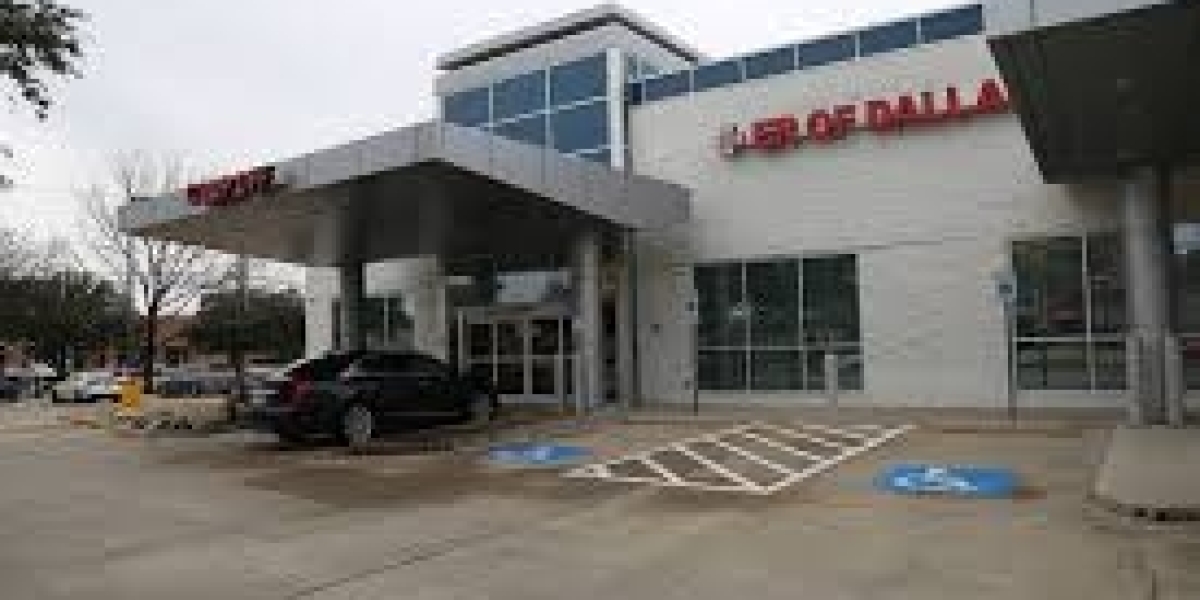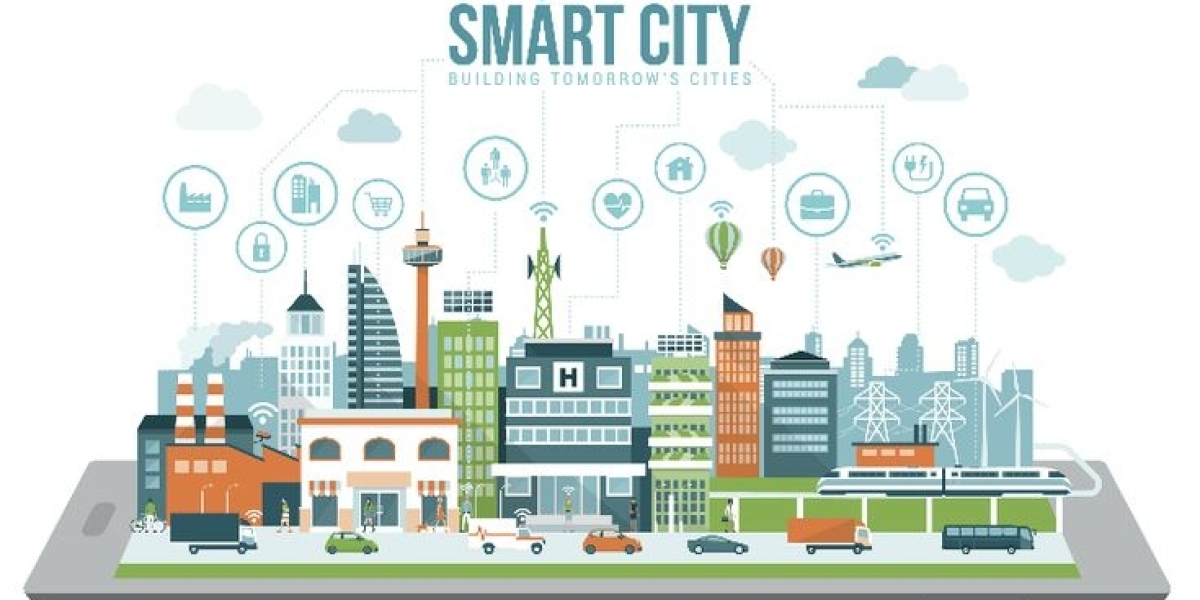As per Market Research Future, the concept of engine size plays a critical role in shaping the global engine market, influencing everything from performance and fuel efficiency to emissions and cost. In today’s automotive, industrial, and power generation sectors, engine size remains a fundamental parameter that manufacturers and consumers cannot overlook.
What Is Engine Size?
Engine size typically refers to the displacement of an engine — the total volume swept by all the pistons inside the cylinders during a single engine cycle. It is usually measured in liters (L) or cubic centimeters (cc). Larger engine displacements generally mean more power and torque, as the engine can intake more air-fuel mixture. But with more space comes increased weight, fuel consumption, and emissions. Conversely, smaller engine sizes are more efficient and compact but may produce less power.
Why Engine Size Matters
Engine size is more than just a technical specification; it impacts multiple aspects of an engine’s performance and cost profile:
Performance: Bigger engines often deliver stronger acceleration and higher torque, making them ideal for heavy-duty vehicles, performance cars, and industrial applications.
Fuel Efficiency: Smaller engines tend to be more fuel-efficient, especially when combined with advanced technologies like turbocharging, direct injection, and variable valve timing.
Emissions: Engine displacement affects emissions, as larger engines tend to burn more fuel and emit more pollutants. This makes engine size a key consideration in meeting stringent environmental regulations.
Cost and Weight: Bigger engines generally cost more to produce and weigh more, which can affect overall vehicle design, handling, and manufacturing economics.
Maintenance: Larger engines may have more complex cooling and lubrication needs, while smaller engines might be simpler but work harder under load, influencing durability and service intervals.
Trends Driving Engine Size Dynamics
Several trends are shaping how engine size is evolving across sectors:
Downsizing and Turbocharging
The shift toward smaller, turbocharged engines continues to gain ground. Automakers are increasingly using smaller-displacement engines equipped with turbochargers to maintain power output while reducing fuel consumption and CO₂ emissions.Electrification and Hybridization
As hybrid and plug-in hybrid vehicles become more common, the dependence on large internal combustion engines is decreasing. Smaller engines often suffice in hybrid setups, where electric motors contribute significant torque, reducing the need for large displacement.Lightweight Materials
Advances in lightweight materials like aluminum alloys, composites, and high-strength steel help reduce the overall weight of engines, making smaller engines more attractive for performance and economy alike.Regulatory Pressures
Stricter fuel economy and emissions standards worldwide are pushing OEMs to optimize engine size and efficiency. Smaller engines help meet these regulations, especially when paired with modern combustion and emissions control technologies.Industrial and Power Applications
In non-automotive sectors, engine size is driven by specific needs. For generators, construction equipment, and marine engines, size must balance power output and fuel efficiency. Engine manufacturers are offering a wider range of displacements to meet diverse application requirements.
Challenges Associated with Engine Size
Thermal Management: High-output small engines, especially turbocharged ones, generate a lot of heat, requiring advanced cooling strategies to avoid thermal stress.
Complexity and Cost: Turbochargers, direct injection systems, and advanced valve trains add complexity and cost, even if the base engine is small.
Noise and Vibration: Smaller, high-revving engines can produce more noise and vibration, affecting comfort and needing additional damping measures.
Durability: High thermal and mechanical loads on smaller engines can challenge long-term reliability unless components are engineered for durability.
Consumer Perception: Some buyers still equate larger engine size with better performance, making it challenging to convince certain market segments of the advantages of downsized powerplants.
Future Outlook
The outlook for engine size is shaped by a delicate balancing act. On one hand, downsized engines with advanced technologies will continue to expand, especially in passenger vehicles and hybrids. On the other hand, there will still be strong demand for larger displacements in niche sectors such as heavy machinery, marine, and high-performance vehicles.
Innovation in materials, thermal management, and combustion techniques will further optimize engine size to deliver maximum efficiency and performance simultaneously. Meanwhile, the rise of electrification will continue to influence how engine size is designed, with many manufacturers focusing on smaller internal combustion engines as part of hybrid powertrains rather than as standalone units.
Manufacturers that succeed will be those who can deliver engines that strike the right balance — combining the right displacement with smart efficiency improvements, low emissions, and strong reliability. As global regulations tighten and customer preferences shift, engine size will remain a crucial parameter for future engine design.
FAQs
Q1: Why are car manufacturers using smaller engines today?
They use smaller engines to improve fuel efficiency and reduce emissions. Turbocharging and direct-injection technologies allow small engines to maintain or even increase performance while consuming less fuel.
Q2: Will large engines disappear because of electric cars?
Not entirely. While electric and hybrid vehicles reduce the need for large internal combustion engines, there remains demand for big-displacement engines in performance cars, heavy machinery, and marine applications.
Q3: Does a larger engine always mean more power?
Generally yes, but not necessarily. Power also depends on engine technology (such as turbocharging and injection type), tuning, and thermal management. A well-engineered smaller engine can match or beat older large engines in efficiency and performance.
More Related Reports:









